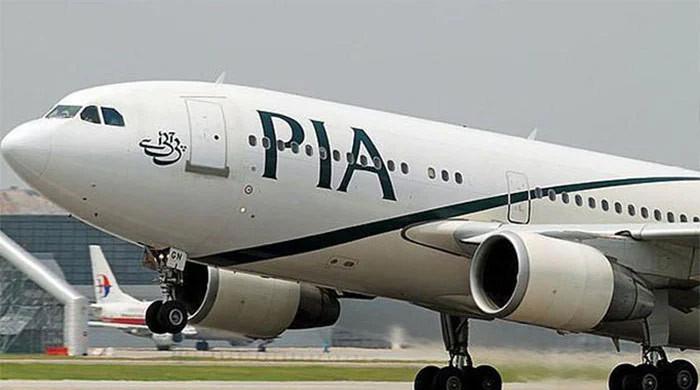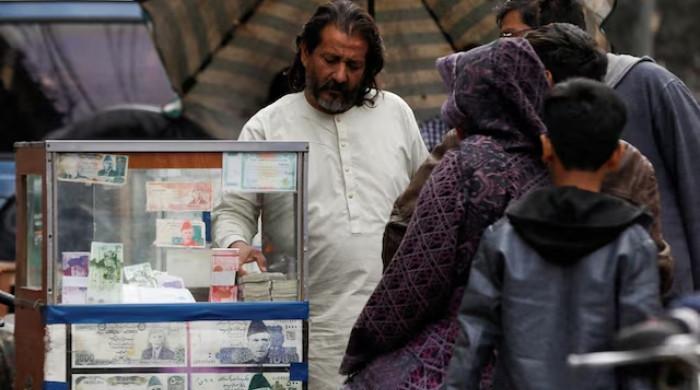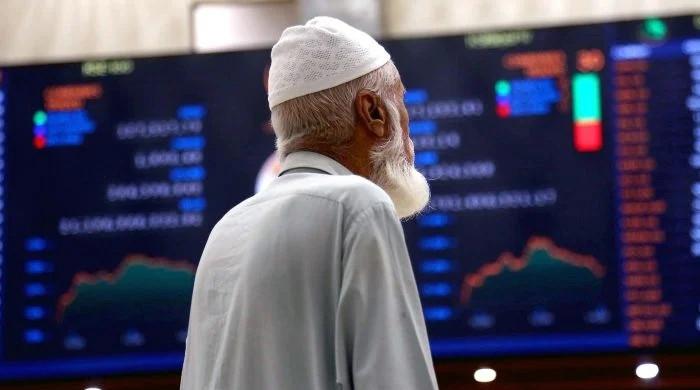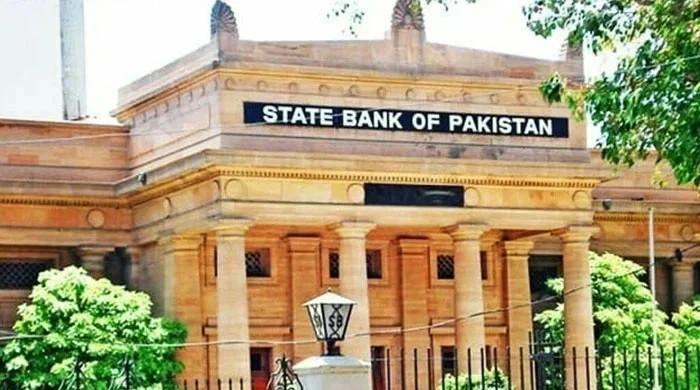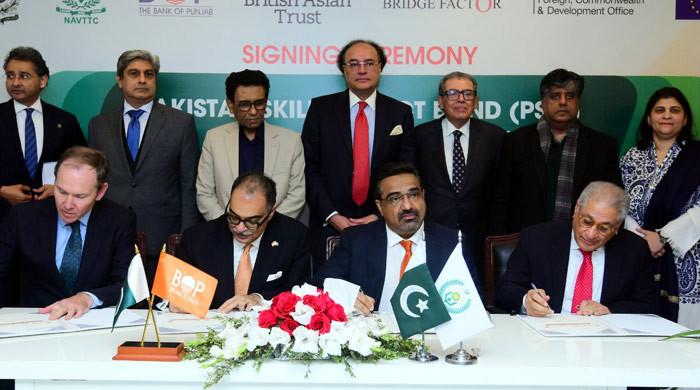Trade deficit doubles to $24.78 billion, but import growth shows signs of slowing
Imports up 37.9% YoY to stand at $6.901 billion, up from $5.005 billion in December 2020.
January 04, 2022
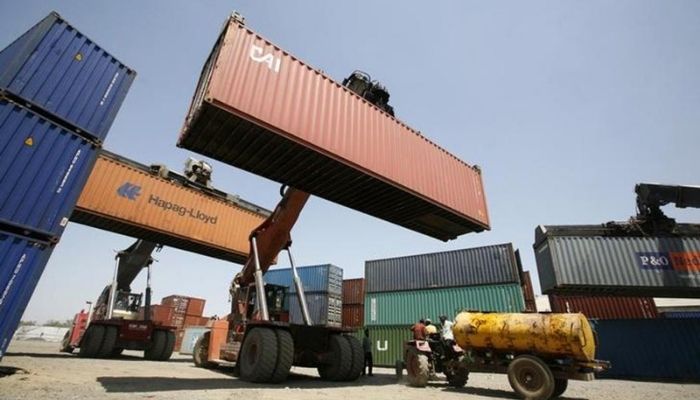
- Pakistan's trade deficit up 100% YoY to stand at $24.78 billion in first half of fiscal year 2021-22.
- The trade deficit in December 2021 alone was up 57% to $4.1 billion from $2.6 billion in the same month last year.
- Imports increased 37.9% YoY to stand at $6.901 billion, up from $5.005 billion in December 2020.
KARACHI: Pakistan's trade deficit is currently up nearly 100% at $24.78 billion so far in fiscal year 2021-22, from $12.36 billion in the previous fiscal year's corresponding half, provisional data indicates.
According to the most recent official numbers on external trade, the trade imbalance in December 2021 alone increased by 57% to $4.1 billion from $2.6 billion in the same month last year. However, it also bears mentioning that the monthly deficit was down 18% compared to November's reading.
According to the Ministry of Commerce, early signs indicate that import growth has slowed. "Imports declined to $6.9 billion in December 2021 from $7.9 billion in November 2021, a decrease of $1 billion," the ministry said, adding that the target for December 2021 imports had been $6.2 billion.
Imports were up 37.9% year-on-year to $6.9 billion from $5.005 billion in December 2020. Meanwhile, Pakistan's exports rose 16.7% to $2.761 billion in December 2021, up from $2.366 billion in the same month last year, an almost $400 million gain, according to data.
The month's export target was $2.8 billion.
Exports have climbed by 25% to $15.125 billion in the first half of the current fiscal year, up from $12.11 billion in July-December 2020. The export target was $15 billion for the period.
The persistent expansion in the trade deficit has been caused by a substantial increase in import costs, which might push the current account deficit above $10 billion.
In FY18, the trade deficit had reached an all-time high of $37.7 billion. Government measures, however, resulted in a decrease to $31.8 billion in FY19 and $23.183 billion in FY20. The trend reversed in FY21, with the trade deficit again expanding to $30.796 billion.
The trade deficit has been expanding since December last year, owing primarily to an exponential increase in imports and relatively slow growth in exports. To rein in surging imports, the government has imposed taxes on luxury items, while the central bank has increased required cash margins on the import of different items to discourage their import.
Adviser to the Prime Minister on Commerce and Investment, Abdul Razak Dawood, chaired a consultative meeting to discuss trade patterns in December 2021, during which he was briefed of the latest indications.
He was informed that, based on current statistics, significant product and regional diversification occurred in December 2021. Fish products exports climbed, as did plastics, cement, fruits and vegetables, petroleum products, and natural steatite exports.
Exports to Bangladesh, Thailand, Sri Lanka, Malaysia, Kazakhstan, and South Korea, among other countries, increased. Exports of men's clothing, home textiles, rice, and women's apparel, jerseys and cardigans, and t-shirts increased.
According to the adviser's inquiry, Pakistan's exports to the United States, China, the Netherlands, and Spain increased in December 2021, while shipments to the United Kingdom, Germany, Afghanistan, Saudi Arabia, the Russian Federation, Indonesia, and the Czech Republic fell.
Additionally, exports of fruits and vegetables, surgical instruments, electrical and electronic equipment, tractors, pearls, and precious stones declined in December 2020 compared to the previous year's same month.
Dawood expressed satisfaction with the increase in exports during the first half of this fiscal year. He encouraged Ministry of Commerce officials to closely monitor export growth to ensure that momentum was maintained and that necessary interventions were taken as needed.




